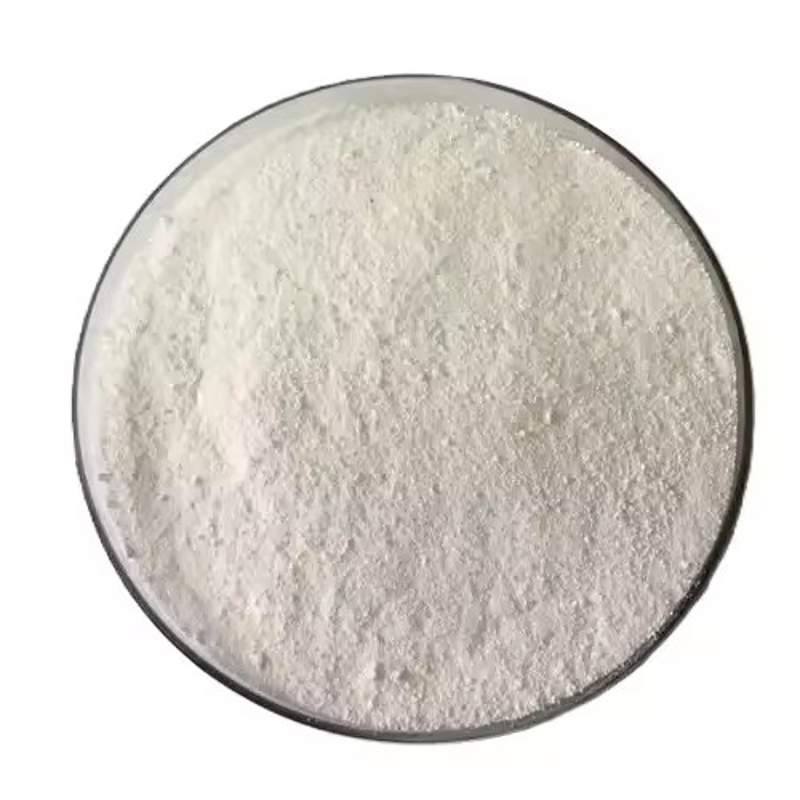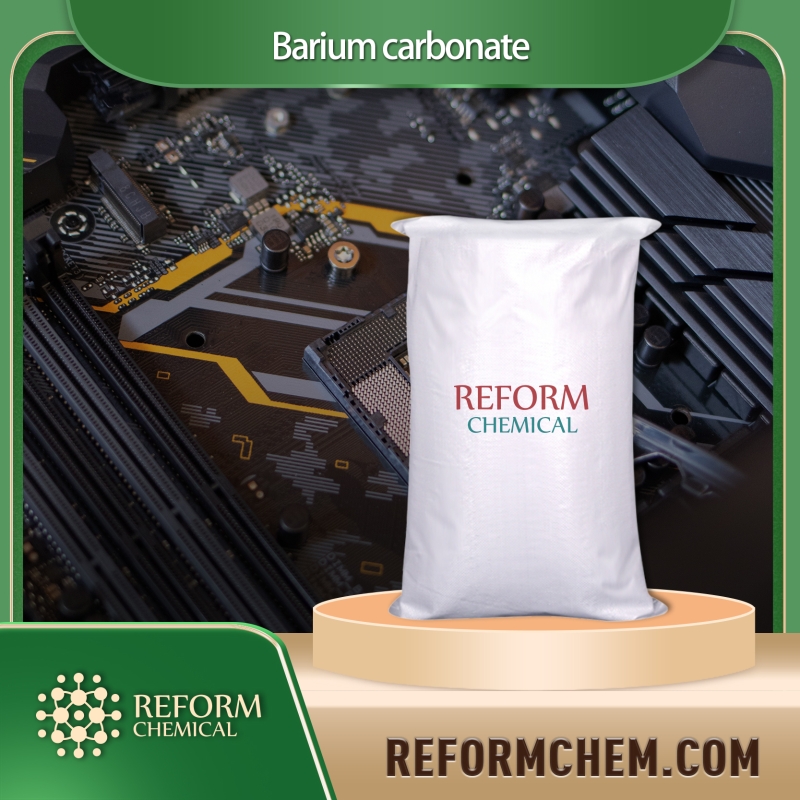-
Categories
-
Pharmaceutical Intermediates
-
Active Pharmaceutical Ingredients
-
Food Additives
- Industrial Coatings
- Agrochemicals
- Dyes and Pigments
- Surfactant
- Flavors and Fragrances
- Chemical Reagents
- Catalyst and Auxiliary
- Natural Products
- Inorganic Chemistry
-
Organic Chemistry
-
Biochemical Engineering
- Analytical Chemistry
-
Cosmetic Ingredient
- Water Treatment Chemical
-
Pharmaceutical Intermediates
Promotion
ECHEMI Mall
Wholesale
Weekly Price
Exhibition
News
-
Trade Service
Spontaneous cerebral hemorrhage (spontaneous intracerebral hemorrhage, sICH) is a stroke disease with poor prognosis of nerve function and life-threatening strokeSurgery is required to remove the hematomas and prevent the formation and death of the brainPostoperative rebleeding (postoperative rebleeding, PR) is a serious complicationThe speckled signs on CT angiography (CTA) are reliable predictors of sICH volume expansion after medical treatment, and are reported to be important predictors of PR after craniofacial or endoscopic surgery to remove ICHThere are some limitations to a patient's CTA examinationTherefore, it is necessary to explore the use of CT flat sweep to predict PRKenji Yagi of the Kawasaki Medical School of Medicine in Okama Prefecture, Japan, and others studied preoperative CT flat-sweep imaging signs to predict the PR after sICH's endoscopic surgery, published in The World Neurosurgery in April 2019research methodsthis retrospective study included 92 patients with endoscopic surgery from January 2010 to September 2018Except surgery only for patients who are bleeding from the intra-brain haemorrhage (intraventerve hematoma, IVH) or hydrocephalus and do not involve a substantial hematoma in the brainSurgical indications include sICH, which has significant occupatic effects and deterioration of nerve function; stalingohema (including thysukal hematoma expansion to the base section) volume of 30mL, and cerebellum hematoma diameter of 3cmIn 92 patients, the CT scan time was 3.7 to 4.5 hours before surgery; According to the performance of CT scan, sICH was classified: mixed signs, low density signs, black hole signs, uneven density signs and island signsThe mixed sign is defined as a mixture of small pieces of hematoma low attenuation area and adjacent large area of hematoma low attenuation region, with a difference of 18HU between the two CT valuesThe low density sign is defined as a long-term low decay zone that appears on the outer surface of a hematoma, is not connected, and is below the density of the hematomaA black hole sign is similar to a low-density sign, defined as a circular low attenuation zone encased in a high-attenuation hematoma, with an identifiable boundary in the low density region, and a 28HU difference between the CT values of the two regionsThe uneven density sign is classified according to Barras, and the hematoma is divided into two groups of homogeneity or heterogeneityIsland signs are defined as small, individual hematomas or 4 or more small, connected or separatehes of hematoma (Figure 1)Figure 1a.CT flat sweep shows the hematoma mix in the right base section:the 2 parts density of hematoma, the CT value difference is 18HUbThe low density sign is obvious (as indicated by the black and white arrows) and is characterized by a circular low density area encased in a high attenuation hematoma; the low attenuation circular area referred to by the white arrow conforms to the black hole sign; and the low attenuation area referred to by the black arrow does not conform to the black hole sign because the low decay area differs from the CT value of the surrounding areacIsland signhema: multiple small hematomas referred to by the arrow are connected or not connected to large hematomas, and are also classified as heterogeneous hematomas with a mixture of low attenuation and high attenuationrecord PR events in the first 3 days after surgeryPR is defined as postoperative new hematoma causing occupatic effects and leading to deterioration of nerve functionSmall hematoma is not PR only when there is no occupaposition effect in the purged hematoma cavityA careful distinction between postoperative residual hematoma and PR (Figure 2) is carefully distinguished based on the postoperative recording and the performance of preoperative hematoma in the CT scanFigure 2a-cCase 1:
The CT flat sweep showed that heeded again after surgerya Preoperative CT scan sICH; b Immediate lysis indicate new small haematoma, its shape and density are different from preoperative hematoma, no occupatic effect; c The next day after surgery CT scan shows PR, hematoma compresses surrounding brain tissue d, e Case 2:
A CT scan showed residual hematomas after surgery d preoperative CT scans showed sICH; postoperative CT scans showed residual hematoma, partially the same as preoperative hematoma the results of the study the authors reviewed the correlation between PR and preoperative CT flat sweep, low density signs, black hole signs, uneven density signs and island signs It was found that 85 patients (92.4%) had a sICH removal volume of 80% 10 cases (10.9%) of PR occurred within 48 hours of surgery No other hemorrhagic complications, such as far-range ICH, acute epidural or epidural hematoma Single-factor analysis shows that hydrocephalus (OR-8.75; 95% CI, 2.15-35.68; P-0.002), Mixed Signs (OR-5.31; 95% CI, 1.34-20 .97;P-0.02) and placement of the brain outdoor drainage tube (OR-13.88; 95% CI, 3.22-59.77; P 0.001) are significant risk factors for postoperative PR Multifactory analysis of all the variables of P 0.20 in the single-factor analysis showed that the mixed signs (OR-22.07; 95% CI, 2.18-223.60; P-0.009) were the only independent PR predictors Of the 18 patients with mixed levy, 5 (27.8%) had PR, while only 5 (6.8%) of 74 patients withno mixed signs had PR; Conclusion
The results show that preoperative CT flat sweep visible mixed signs are significant predictive factors of PR after endoscopy of sICH Surgical treatment in patients with mixed signs of sICH, should confirm that the surgical wild bleeding is fully controlled, and strengthen postoperative blood pressure management and careful monitoring of nerve function as well as CT scan.







